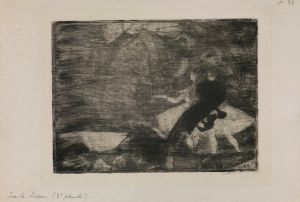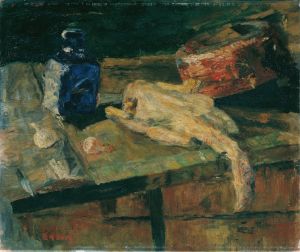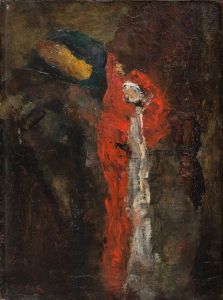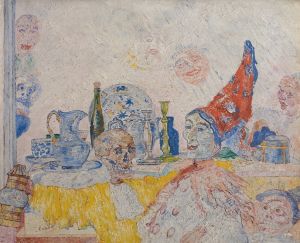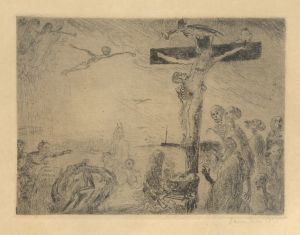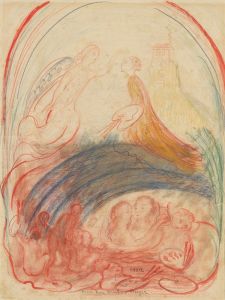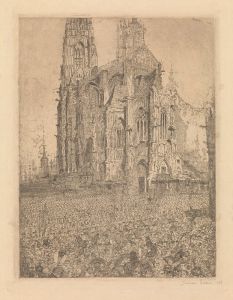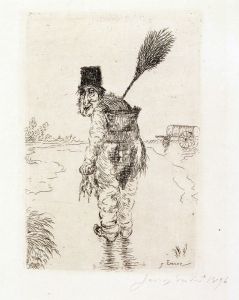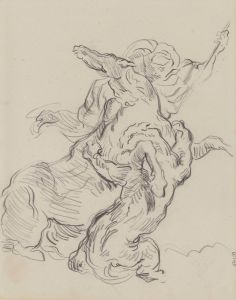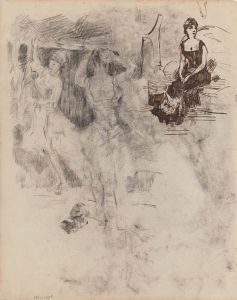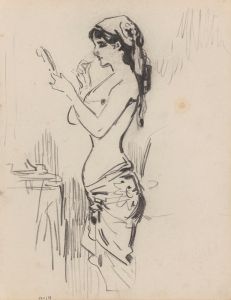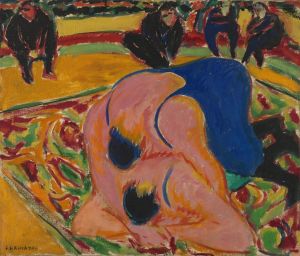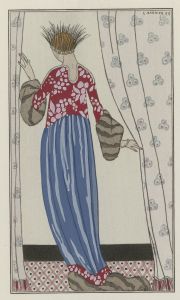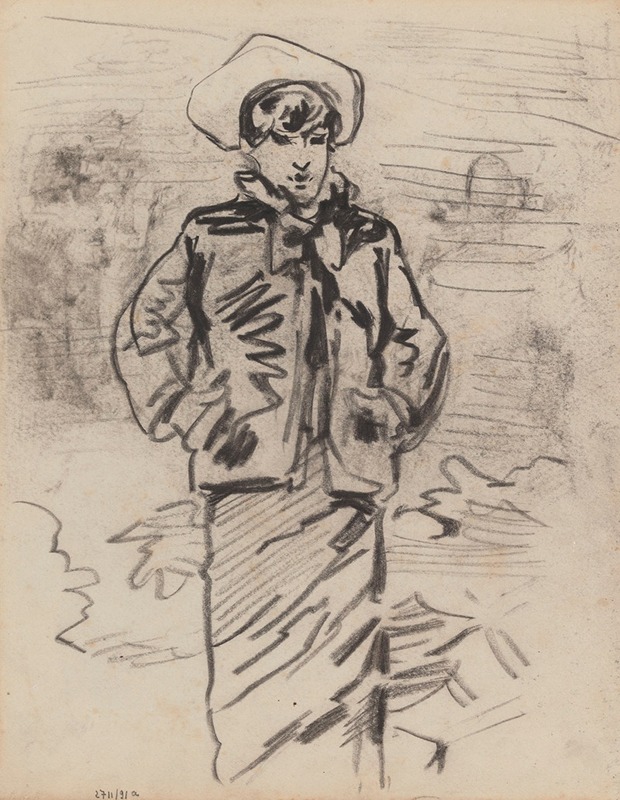
Stage Character
A hand-painted replica of James Ensor’s masterpiece Stage Character, meticulously crafted by professional artists to capture the true essence of the original. Each piece is created with museum-quality canvas and rare mineral pigments, carefully painted by experienced artists with delicate brushstrokes and rich, layered colors to perfectly recreate the texture of the original artwork. Unlike machine-printed reproductions, this hand-painted version brings the painting to life, infused with the artist’s emotions and skill in every stroke. Whether for personal collection or home decoration, it instantly elevates the artistic atmosphere of any space.
James Ensor's "Stage Character" is a notable work by the Belgian artist, who is renowned for his unique style and contribution to the Symbolist movement. Ensor, born in 1860 in Ostend, Belgium, was a pivotal figure in the transition from the 19th-century artistic traditions to the modernist movements of the 20th century. His work is characterized by its bold use of color, innovative techniques, and often satirical and grotesque subject matter.
"Stage Character" exemplifies Ensor's fascination with theatrical and carnival themes, which are recurrent motifs in his oeuvre. The painting reflects his interest in the masks and costumes that are emblematic of the theater, a subject that allowed him to explore themes of identity, disguise, and the human condition. Ensor often used masks as a metaphor for the facades people wear in society, and this painting is no exception.
The composition of "Stage Character" is typical of Ensor's style, featuring vivid colors and dynamic brushwork. Ensor's palette often included bright, almost garish colors, which he used to convey emotion and to challenge the viewer's perception. This approach can be seen in "Stage Character," where the colors contribute to the theatricality and intensity of the scene.
Ensor's work was influenced by his upbringing in Ostend, a coastal city known for its carnival traditions. This cultural backdrop provided a rich source of inspiration for his exploration of masks and theatricality. Additionally, Ensor's family owned a curiosity shop that sold carnival masks, which further fueled his fascination with these objects and their symbolic potential.
Throughout his career, Ensor was associated with the avant-garde group Les XX, a collective of artists who sought to challenge the conservative art establishment in Belgium. His involvement with this group helped to solidify his reputation as a leading figure in the Symbolist movement. Ensor's work, including "Stage Character," often defied conventional artistic norms, embracing a more expressive and imaginative approach.
"Stage Character" is part of Ensor's broader body of work that critiques societal norms and explores the complexities of human nature. His use of theatrical imagery serves as a vehicle for commentary on the performative aspects of social interactions and the masks people wear in their daily lives. This thematic exploration is a hallmark of Ensor's artistic legacy.
Ensor's influence extends beyond his lifetime, impacting subsequent generations of artists. His innovative use of color and form, along with his exploration of psychological and existential themes, paved the way for later movements such as Expressionism and Surrealism. "Stage Character," like many of Ensor's works, continues to be studied and appreciated for its artistic and thematic depth.
In summary, "Stage Character" by James Ensor is a significant work that encapsulates the artist's fascination with theatricality and masks. Through its vibrant colors and expressive composition, the painting offers insight into Ensor's unique artistic vision and his commentary on the human experience.





